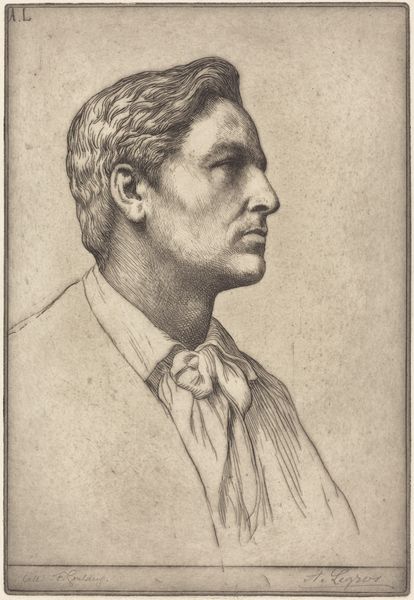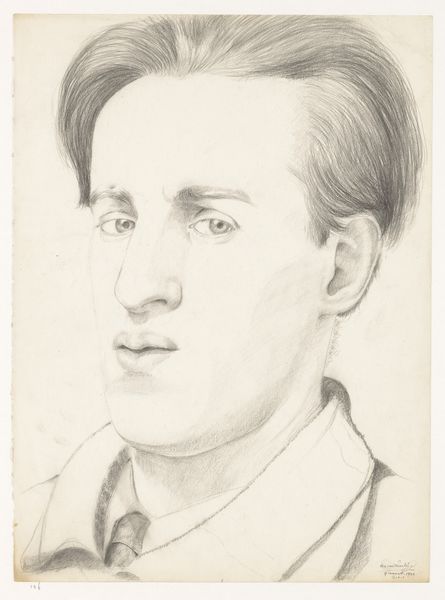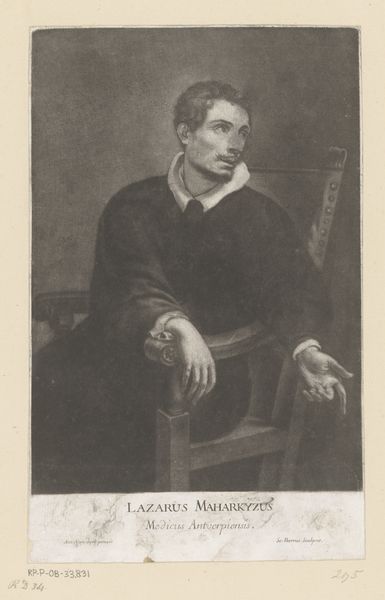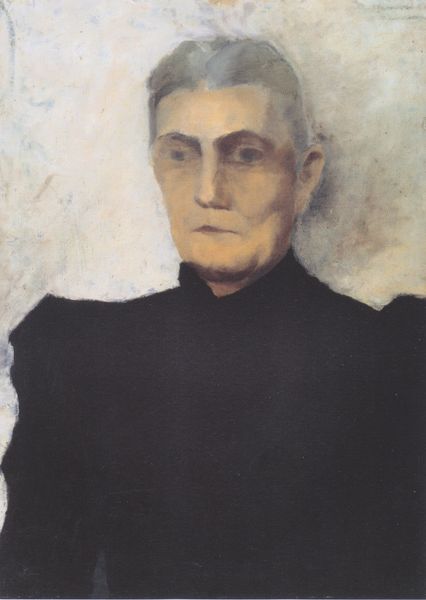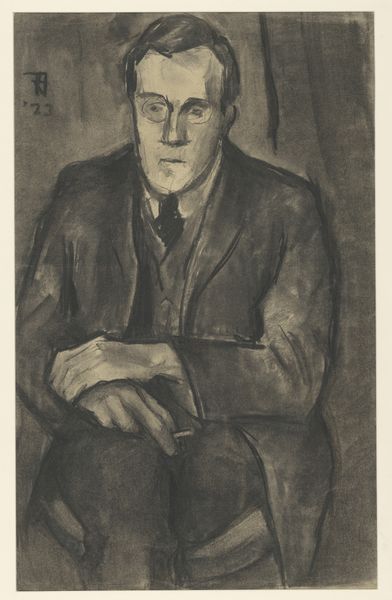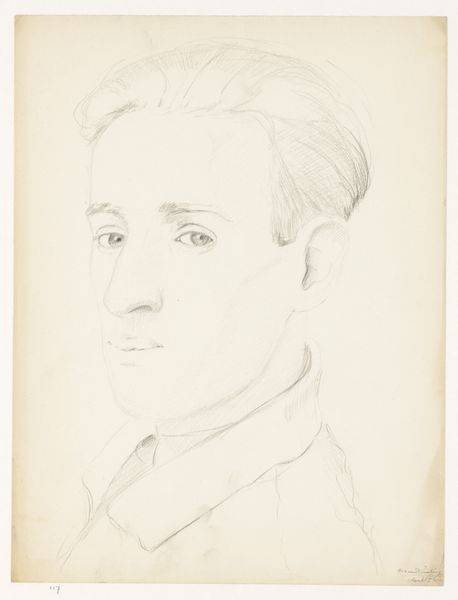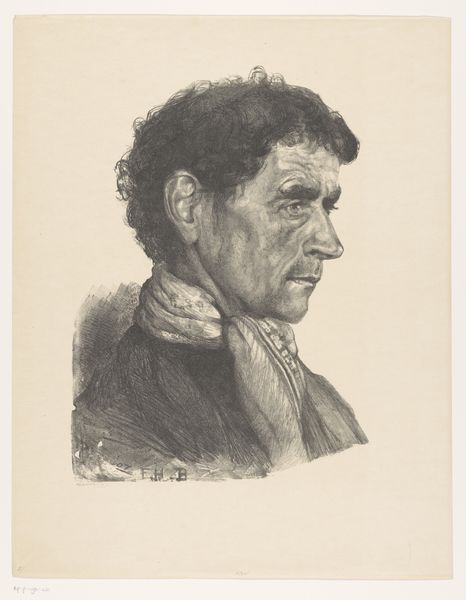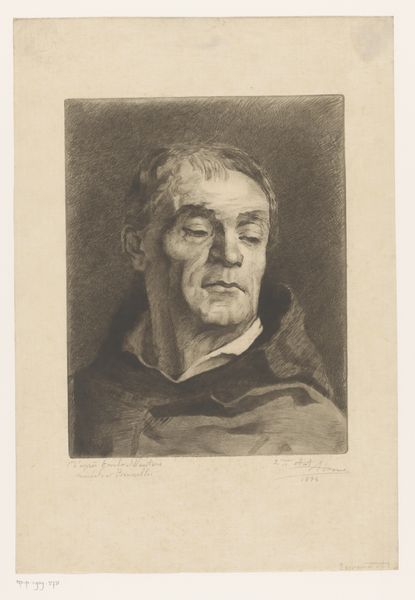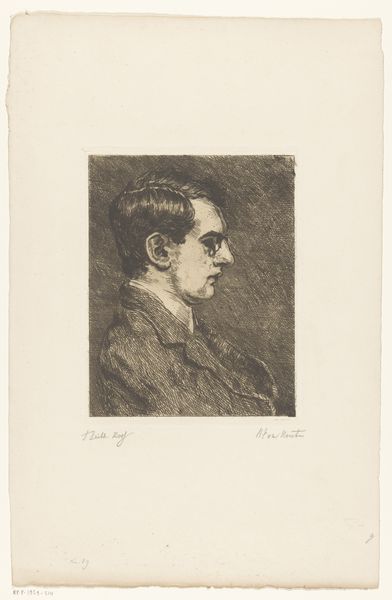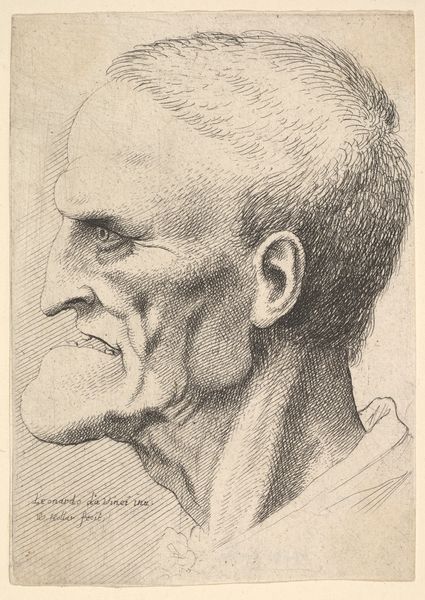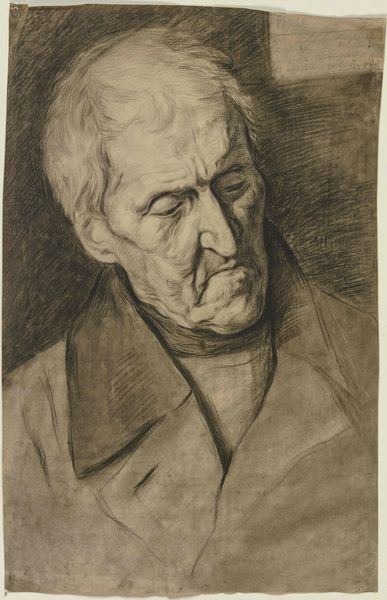
print, etching, engraving
#
portrait
#
16_19th-century
# print
#
etching
#
portrait drawing
#
engraving
#
realism
Copyright: National Gallery of Art: CC0 1.0
Curator: Before us is Alphonse Legros’ "Study of a Man's Head," rendered as an etching, and seemingly captured with incredible detail. Editor: There's a quiet intensity here. A sort of solemnity in his gaze. It feels almost… vulnerable, even in its seeming stoicism. The close-up makes me question how we construct masculinity in portraiture. Curator: Well, etching as a printmaking technique is interesting in this context. The medium requires such meticulous labor. It allowed artists of Legros’ era to create and disseminate likenesses of prominent individuals widely. The proliferation of such images democratized access to representations of authority and intellect. Editor: Precisely. And the very act of repeated image-making raises fascinating questions around reproduction and its role in constructing collective identity. The sitter's expression can then be interpreted through lenses of social power, class consciousness and even resistance to traditional representation. Curator: Look closer at how Legros uses hatching and cross-hatching. The way light and shadow play across the man’s face suggests a deeply considered process of symbolic unveiling. Every line feels deliberately placed. There is a quiet power at work. Editor: Definitely, there's also a powerful suggestion of how society scrutinizes men— their duty to maintain appearances and perform expected emotional roles. What this "Study" offers in such a spare depiction is a study of expectation. Curator: I see him not just as a portrait but as a reflection of human dignity amid industrial-era anxieties. Legros finds an everyman quality here, subtly elevating his subject beyond conventional ideals. Editor: It’s as if Legros anticipates, maybe critiques, our tendency to judge a book by its cover. By highlighting these intimate details he calls us to acknowledge what we see. This compels deeper engagement, especially today. Curator: Alphonse Legros gives us, in this study, an emblem of a particular time – while prompting reflection on shared humanity that crosses temporal boundaries. Editor: Absolutely. It is the quiet invitation for all who gaze to question what assumptions they bring. In this etching we have an example for seeking more nuanced understandings about portraiture, but also people's perceptions.
Comments
No comments
Be the first to comment and join the conversation on the ultimate creative platform.
